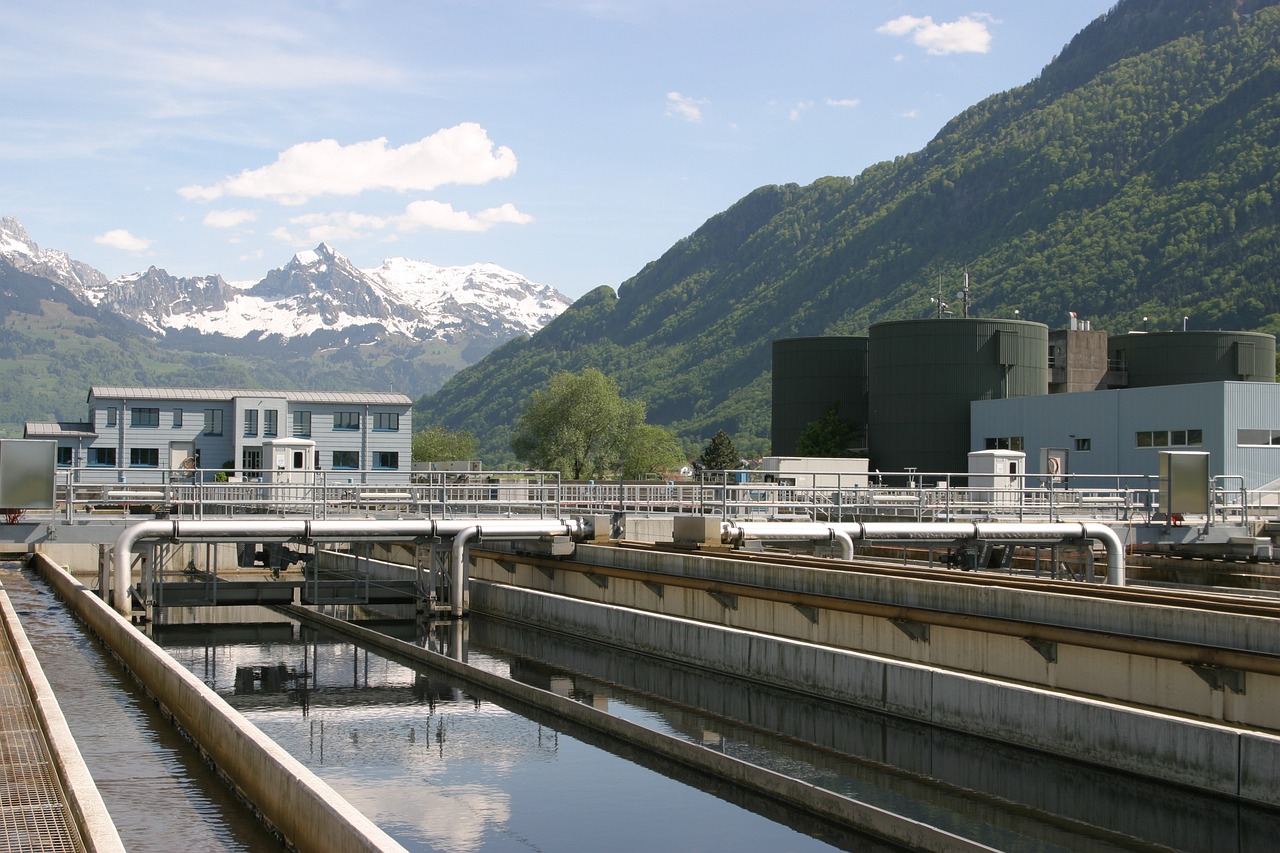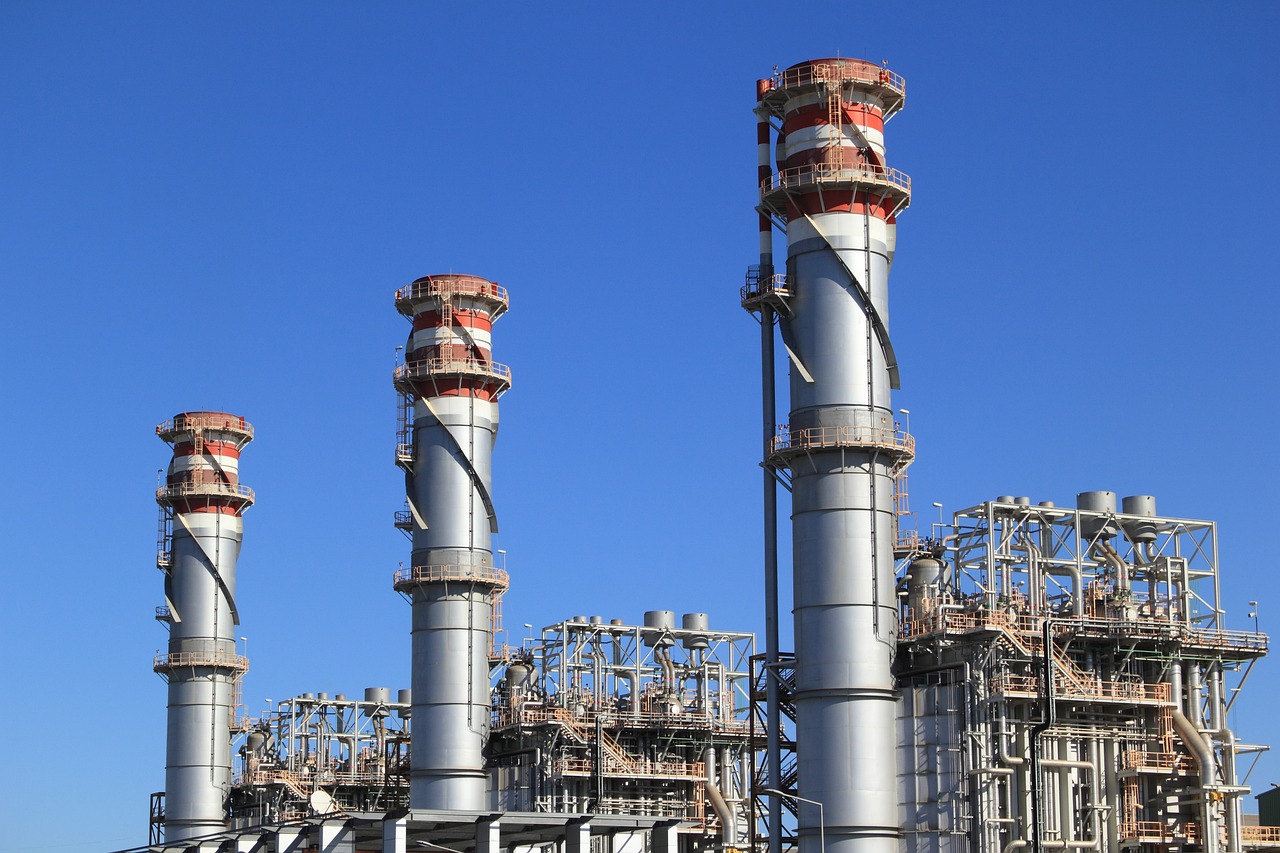Introduction:
In the intricate web of industrial processes, the responsible management of water resources stands as a cornerstone of environmental stewardship. Effluent Treatment Plants (ETPs) emerge as the unsung heroes in this narrative, offering a robust solution for industries to treat and manage wastewater responsibly. This article delves into the essential role of ETPs, exploring their key components, processes, and the overarching objectives that drive their implementation.
The Journey Through an Effluent Treatment Plant:
1. Screening – The First Line of Defense:
The journey of wastewater through an ETP begins with screening, a process akin to the first line of defense. Large debris and solids are meticulously removed, safeguarding downstream processes from potential damage or obstruction.
2. Primary Treatment – Settling for Clarity:
Once the preliminary screening is complete, the wastewater enters the primary treatment stage. Here, sedimentation tanks or clarifiers facilitate the settling of suspended particles and sludge, creating a clearer liquid for further treatment.
3. Secondary Treatment – Nurturing Biological Balance:
Moving forward, secondary treatment aims to reduce the concentration of biological and organic contaminants. Biological treatment processes, including activated sludge treatment and anaerobic digestion, foster the development of microbial communities that break down pollutants.
4. Tertiary Treatment – Elevating Standards:
Tertiary treatment, an advanced stage, aims for a higher level of pollutant removal. Processes such as filtration, chemical precipitation, and additional biological treatments ensure that the treated effluent meets stringent discharge standards.
5. Chemical Treatment – Precision in Purification:
Chemical treatment becomes a precision tool in the ETP arsenal. Coagulants, flocculants, and pH-adjusting chemicals are strategically employed to enhance the removal of specific pollutants and optimize the treatment process.
6. Disinfection – Safeguarding Public Health:
The importance of disinfection cannot be overstated. This step involves the elimination of harmful microorganisms and pathogens, ensuring that the treated effluent poses no threat to public health or the environment. Chlorination, UV disinfection, and ozonation are common techniques.
7. Sludge Management – Closing the Loop:
The solids separated during treatment, known as sludge, undergo careful management. Dewatering, drying, or digestion processes are employed to reduce volume and facilitate responsible disposal or beneficial reuse.
8. Effluent Monitoring – Continuous Vigilance:
Throughout this intricate journey, continuous effluent monitoring takes center stage. Rigorous checks and analyses ensure that the effluent consistently meets environmental regulations and discharge standards.
Objectives of Effluent Treatment Plants:
1. Environmental Compliance:
ETPs are a linchpin for industries striving to meet and exceed environmental regulations. By ensuring effluent compliance with stringent standards, these plants contribute to a cleaner and healthier environment.
2. Resource Conservation:
Many ETPs integrate processes for the recovery and reuse of water and valuable resources from the treated effluent. This dual-purpose approach enhances resource conservation and sustainable water management.
3. Public Health Protection:
The thorough removal of contaminants and pathogens in ETPs safeguards public health, preventing the spread of waterborne diseases and protecting ecosystems from harm.
4. Corporate Responsibility:
Implementing ETPs is often part of industries’ corporate social responsibility initiatives. By mitigating their environmental impact, industries contribute to sustainable development and community well-being.
5. Sustainable Operations:
ETPs play a pivotal role in fostering sustainable industrial practices. By managing and treating wastewater responsibly, industries uphold their commitment to sustainability and responsible resource utilization.
Conclusion: The Lifeline of Responsible Industry Practices
Effluent Treatment Plants stand as the silent custodians of responsible industrial practices, navigating the intricate terrain of water treatment with precision and purpose. From the meticulous screening of raw wastewater to the final disinfection stages, ETPs exemplify a commitment to environmental stewardship, public health, and sustainable resource management. As industries evolve and global environmental consciousness deepens, the role of Effluent Treatment Plants becomes increasingly vital—an emblem of an industry that not only produces but also protects, preserving the delicate balance between progress and planet Earth.














